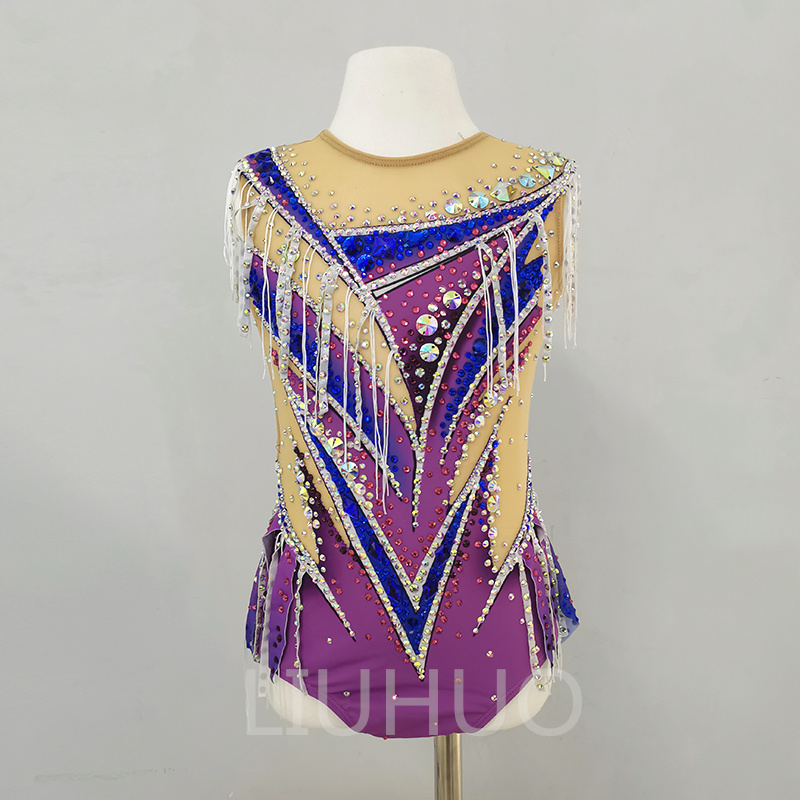With the Summer Olympics quickly approaching, many people are eagerly awaiting the opportunity to watch their favorite sports and athletes compete. However, for some viewers, the wide variety of Olympic events can be overwhelming, especially when it comes to lesser-known sports like rhythmic gymnastics.
For those who may not be familiar with rhythmic gymnastics, it is a sport that combines elements of ballet, gymnastics, and dance and is performed using hand-held apparatus such as ribbons, hoops, balls, sticks, or ropes. The sport is characterized by graceful, fluid movements and complex choreography, accompanied by music.
To help the general audience better understand and appreciate the beauty and athleticism of rhythmic gymnastics, here is a brief overview of the basics:
1. Equipment: Rhythmic gymnasts use a variety of equipment to improve their performance. A ribbon is a long, flowing ribbon that gymnasts manipulate through a series of spirals, throws and catches. A hoop is a circular hoop used by gymnasts to perform various tricks and moves. The ball is a small, light ball that gymnasts can handle with precision and grace. These clubs consist of two small clubs that the gymnast manipulates and maneuvers in a synchronized and fluid manner.
2. Elements: Rhythmic gymnastics routines usually consist of a combination of body movements and equipment operations. Gymnasts perform a variety of leaps, bounds, turns and balances, incorporating equipment into their movements to create visually stunning and technically challenging routines.
3. Scoring: Rhythmic gymnastics routines are scored based on artistic and technical performance. Judges evaluate gymnasts’ execution, difficulty and artistry based on factors such as precision, coordination, flexibility and musical interpretation. The highest and lowest scores are removed and the remaining scores are averaged to determine the gymnast’s final score.
4. Top Athletes: Some of the top rhythmic gymnasts to watch at the upcoming Olympics include Dina Averina and Alina Averina from Russia, known for their technical precision and expressive performances. famous. Other contenders include Linoy Ashram from Israel, known for her powerful and energetic moves, and Aleksandra Soldatova from Russia, who is admired for her grace and artistry.
5. History: Rhythmic gymnastics made its Olympic debut at the 1984 Los Angeles Games and has since become a popular and highly anticipated event. Over the years, the sport has evolved, incorporating more complex and daring elements, pushing the boundaries of athleticism and artistry.
As rhythmic gymnastics competition gets underway at the upcoming Olympics, general audiences can now appreciate the sport with a better understanding of its intricacies and nuances. From the graceful manipulation of ribbons to the dynamic handling of balls and hoops, rhythmic gymnastics demonstrates the perfect blend of athleticism and artistry that makes it a truly mesmerizing Olympic sport.
Post time: Mar-08-2024


